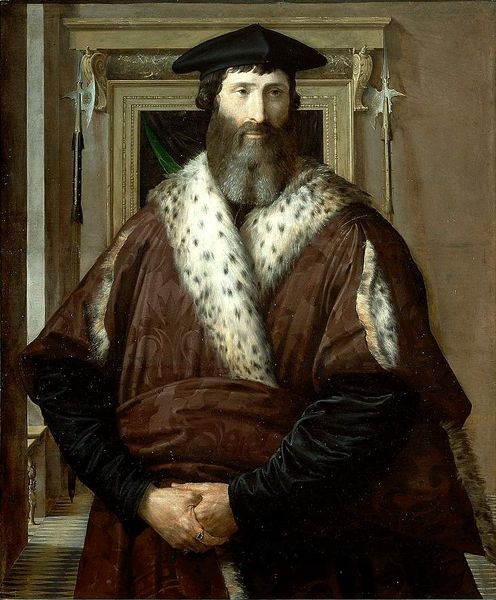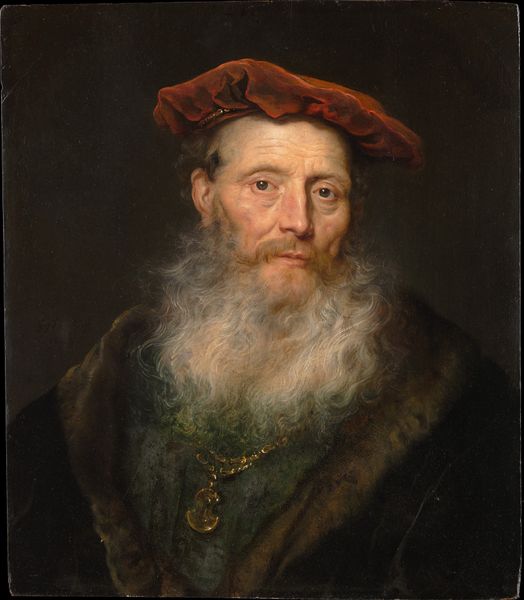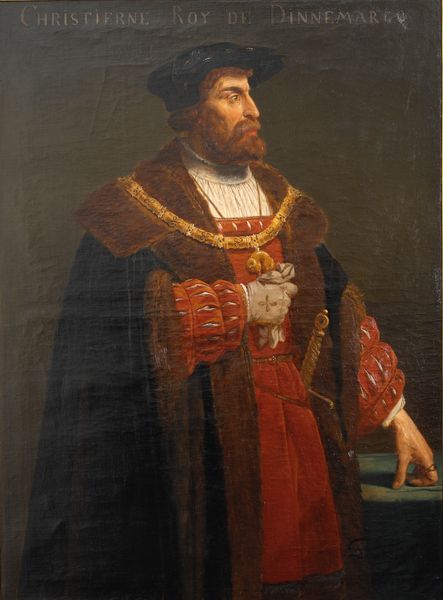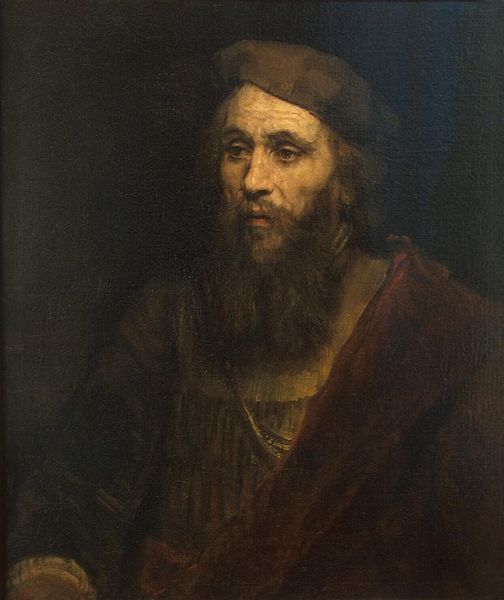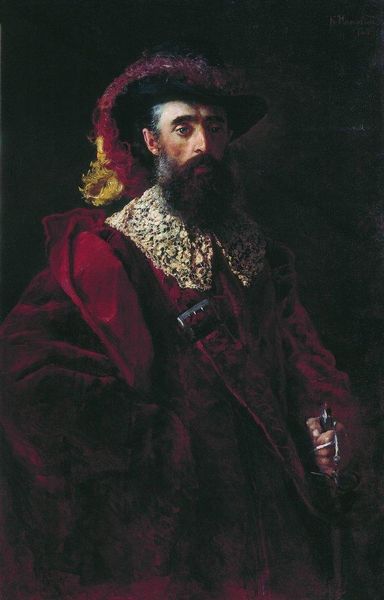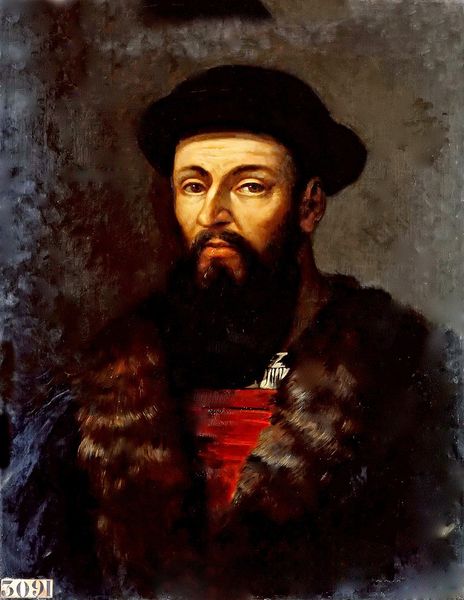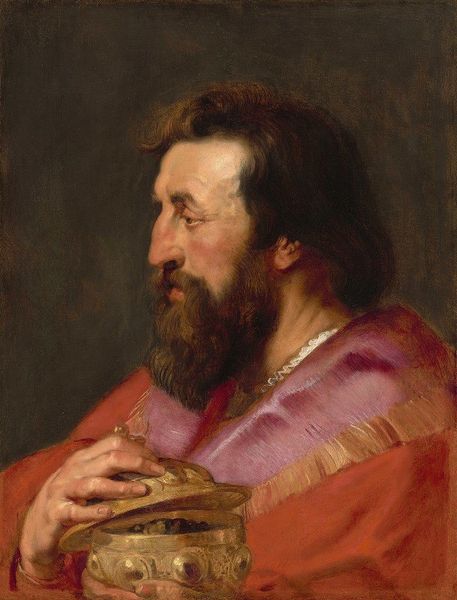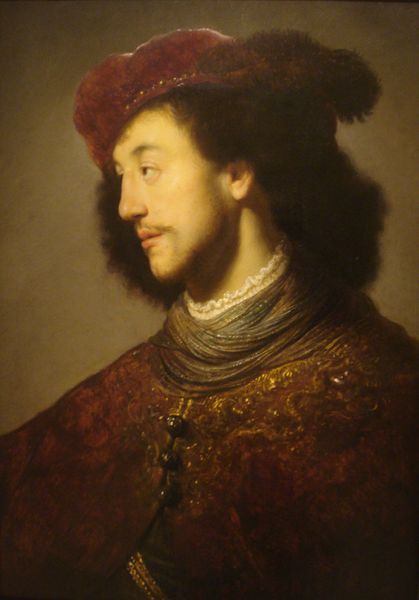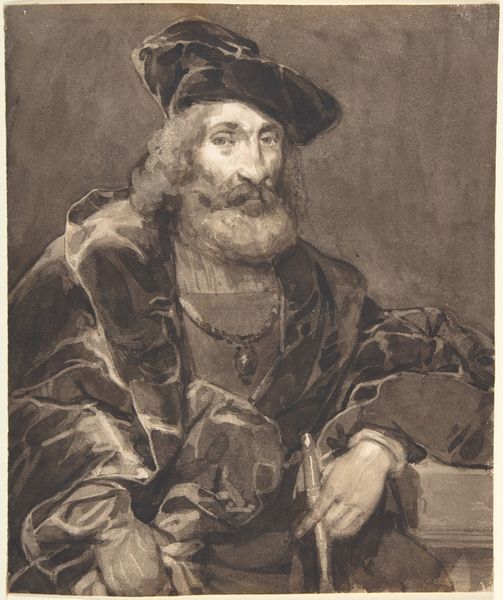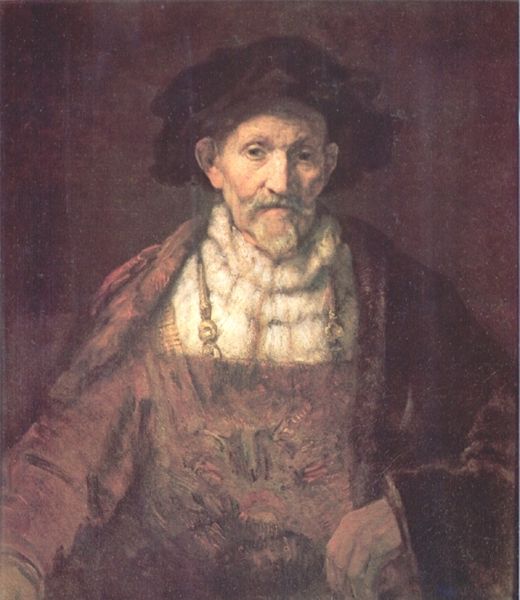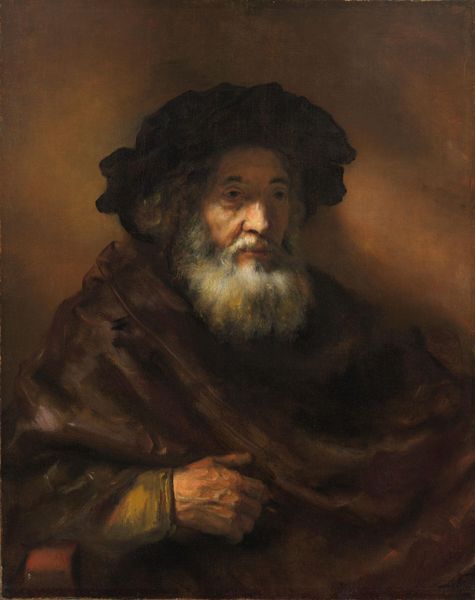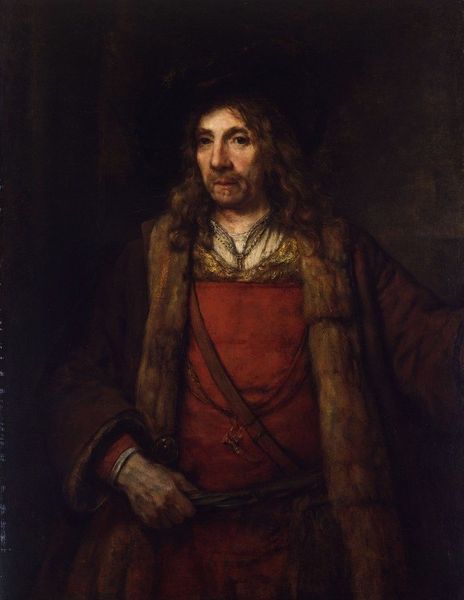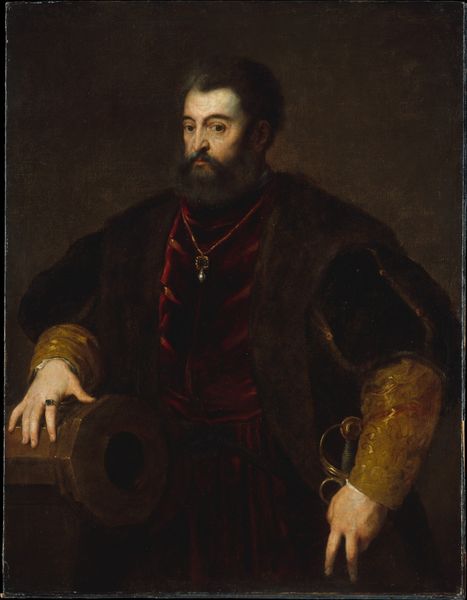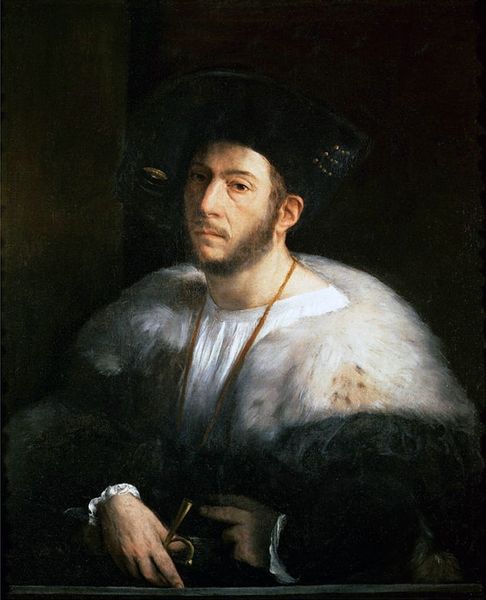
painting, oil-paint
#
portrait
#
figurative
#
baroque
#
dutch-golden-age
#
portrait
#
painting
#
oil-paint
#
figuration
#
portrait reference
#
portrait head and shoulder
#
animal portrait
#
animal drawing portrait
#
portrait drawing
#
facial portrait
#
portrait art
#
fine art portrait
#
digital portrait
Copyright: Public Domain: Artvee
Curator: Here we have Rembrandt van Rijn's "The Philosopher", created around 1653, an oil painting portrait that truly captures the Dutch Golden Age's essence. Editor: What strikes me immediately is the muted palette, yet somehow the man radiates this profound, almost melancholic wisdom. His eyes seem to hold centuries. Curator: Indeed, it's interesting how Rembrandt uses light and shadow – chiaroscuro – to convey the gravity often associated with intellectual pursuit. During this time, there was renewed interest in classic philosophy. We can see how he plays with representing knowledge. Editor: Look closely at the sitter's clothing. The rich fabrics hint at status and position, while the heavy dark hat seems to visually weigh down on the brow, perhaps implying the weight of scholarly thought. It echoes traditional depictions of intellectual labor and authority. Curator: Absolutely, the museum acquisition records point towards this possibly representing a contemporary intellectual of Amsterdam society rather than a famous historical figure, fitting within a larger narrative of promoting Dutch intellect. Also consider, this portrait wasn’t commissioned. Editor: Which makes one think more freely about Rembrandt’s artistic decisions. In symbolic language, the chain around his neck could denote an office or learned society rather than pure wealth. We have these complex layers where an official insignia turns private in this single image. Curator: We have very few actual contemporary interpretations and sources to explain it which offers opportunities for interpretation of it now. Editor: The lack of specific historical anchoring allows the viewer to see archetypal aspects of "the philosopher"—the deep contemplation, introspection. It could explain his general and sustained appeal over centuries! Curator: Agreed. It encourages viewers to connect the piece with the ever-evolving history of intellectual discourse, rather than a frozen single representation from a bygone era. Editor: Looking at this, I feel drawn into an ongoing conversation, a timeless pursuit of meaning, almost captured in a frozen dialogue of oil and canvas. Curator: I hope that what we've said about "The Philosopher" enriches your understanding not only of the painting itself, but also the dynamic social and cultural climate that surrounded its creation.
Comments
No comments
Be the first to comment and join the conversation on the ultimate creative platform.
